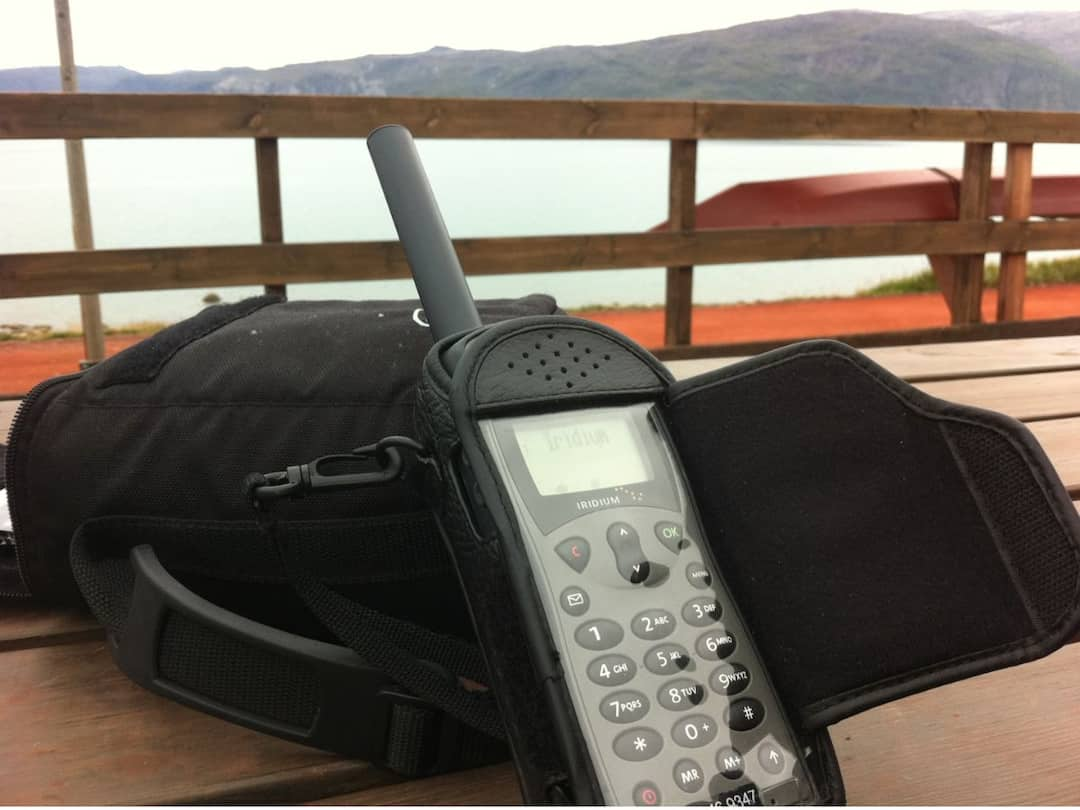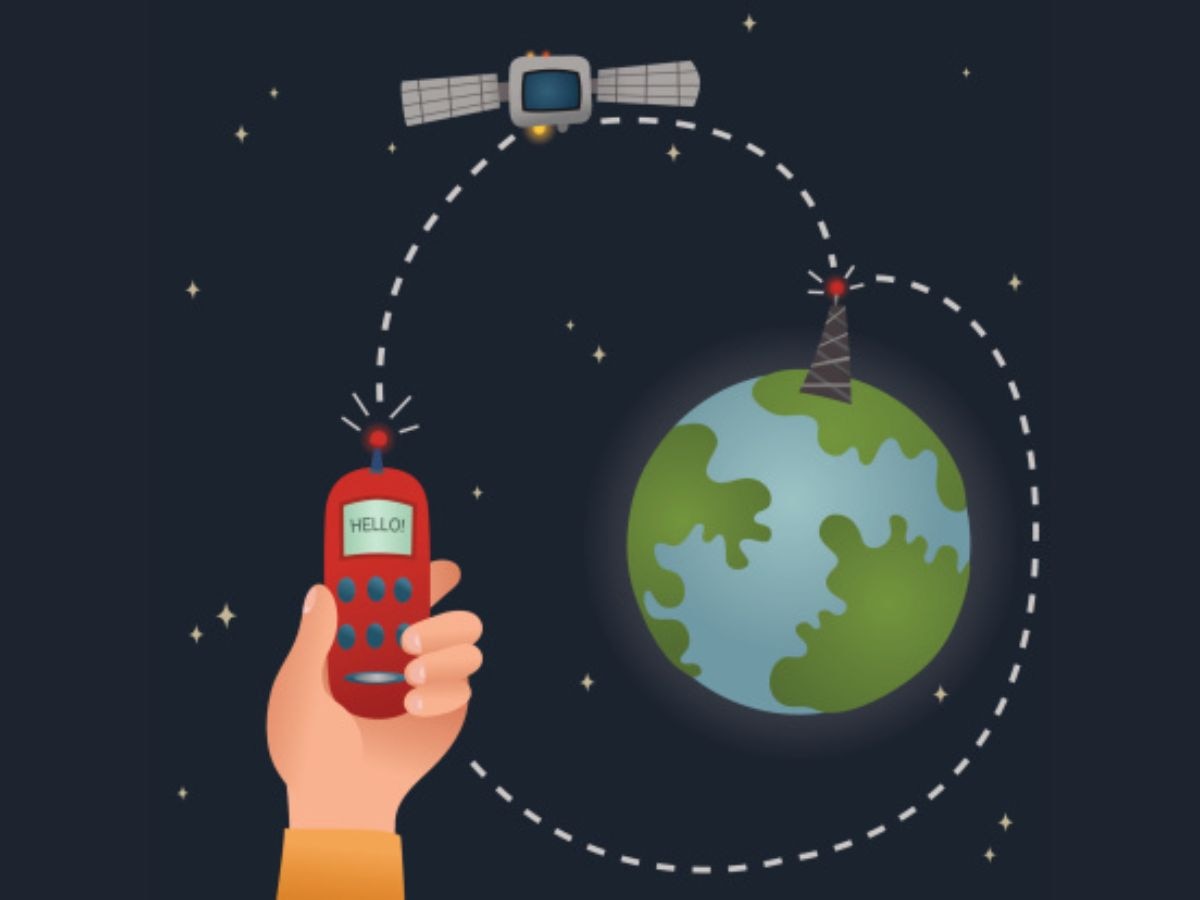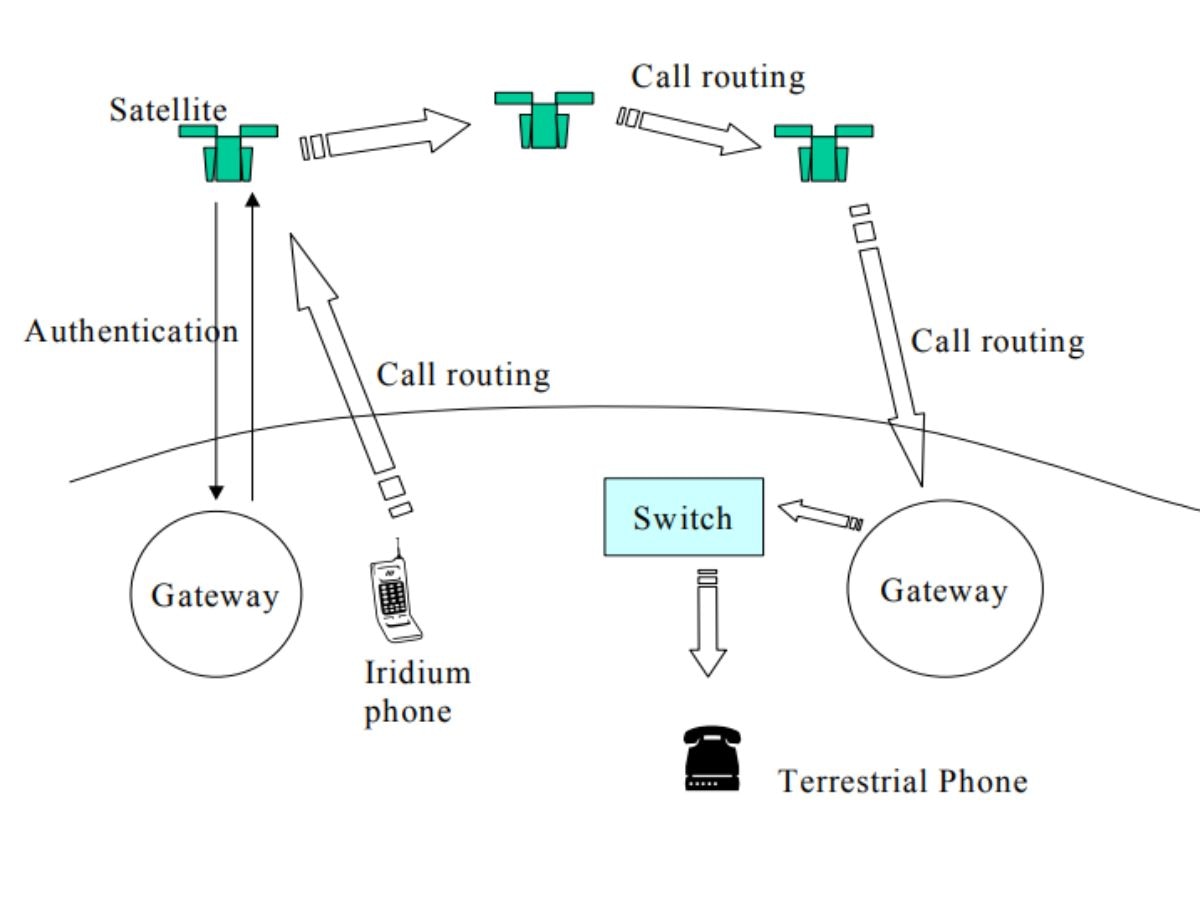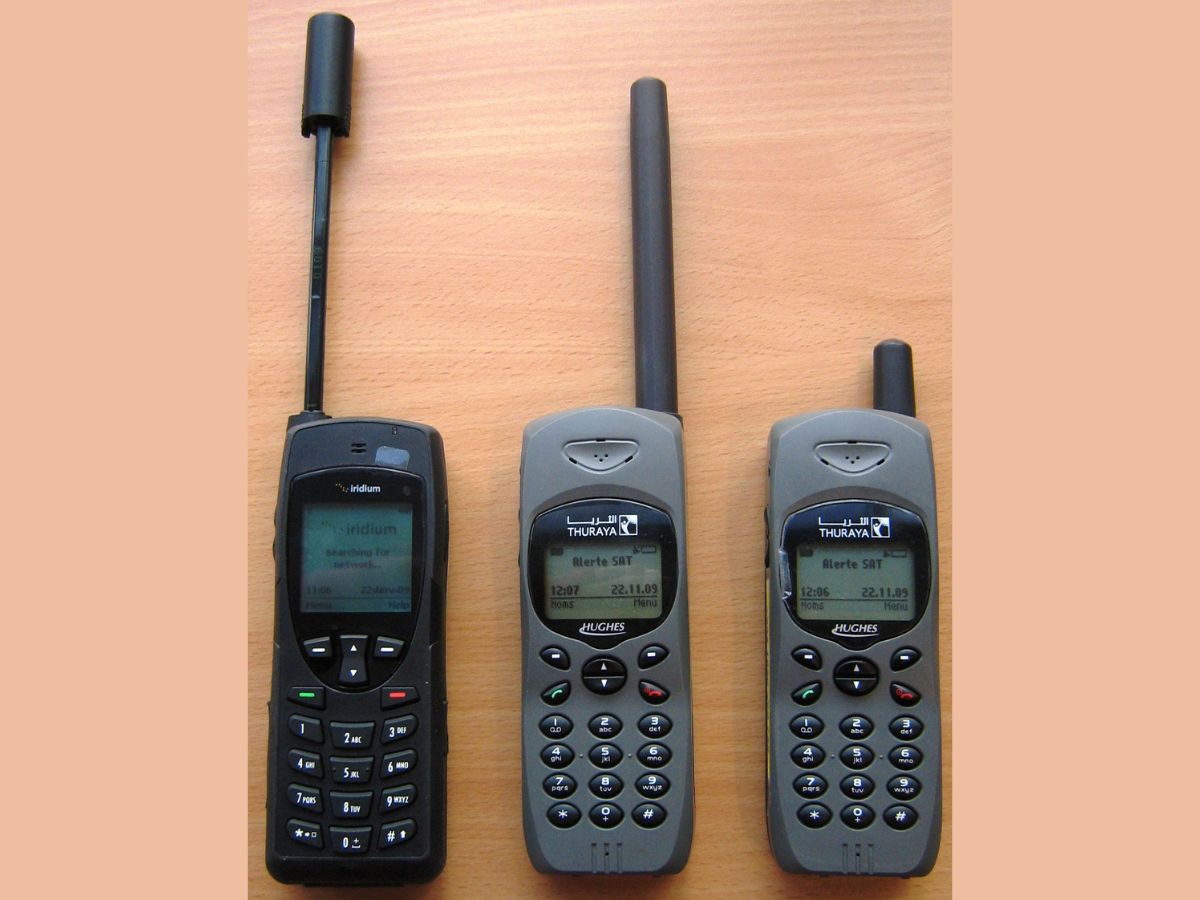Satellite Phones: How They Work And Who Can Use Them In India
Satellite phones utilise satellites to communicate with landline, cellular, or other satellite phones in most regions of the world, and are often useful during emergency situations.

A senior executive at the Saudi Arabian Oil Company, also called Saudi Aramco, was arrested earlier this year for having a satellite phone while he was on vacation near India's border with China, the Financial Times (FT) reported. Fergus MacLeod, head of investor relations at Saudi Aramco, the world's largest oil exporter, was arrested on July 12 at a hotel in Uttrakhand. MacLeod, 62, spent almost a week in prison in the town of Chamoli.
According to an FT report, MacLeod said he turned his phone on and off at his hotel but did not use it while he was on vacation with his friends. Authorities determined his location using the coordinates of the satellite phone.
The reason MacLeod was arrested is that it is illegal for foreign nationals to possess and operate satellite phones in India without permission from the government. This rule was implemented following the 2008 Mumbai attacks, during which terrorists used satellite phones to communicate with each other.
Satellite phones take signals from satellites, unlike cell phones, which obtain signals from terrestrial towers.
Here is everything you need to know about satellite phones.
What is a satellite phone?
A satellite phone utilises satellites to communicate with landline, cellular, or other satellite phones in most regions of the world, and is often useful during emergency situations. Most remote areas have no landline or cellular telephone networks. When responders coordinate response and recovery efforts in these regions, they can use satellite mobile phones for emergency communications. Satellite phones can come handy even in regions where existing networks are damaged or overloaded during a natural disaster such as severe weather or earthquake. Networks may also be damaged in the wake of a man-made incident, including potential chemical, biological, radiological, nuclear, or explosive events. Thus, one may use satellite phones to maintain command and control functions during an emergency when existing communications are not functioning.
Satellite phones are relatively simple to operate, but are more expensive than cell phones. While most models of satellite phones cost between $400 and $1,000, some models are more expensive. The use charges are mostly $1 per minute.
How do satellite phones work?
A satellite phone is a handset that utilises satellites to communicate with landline, cellular or other satellite phones. The satellite receives the information signal, which could be voice or text, from the sending phone, and transmits it back to Earth to a receiving satellite phone, the US Department of Homeland Security says on its website.
A satellite phone has an omnidirectional or directional antenna that is used for both transmitting and receiving signals. In order to receive a signal for service, most satellite phones require a line-of-sight with the sky. This is the reason why satellite phones do not work well indoors. However, if a satellite phone is positioned near a window, it may function. Satellite phones can provide communications to ships, planes, vehicles, ground-based phones and command centres.

When a user initiates a call on a satellite phone, the nearest satellite picks up the call and authenticates the users through the nearest gateway on Earth, according to a study published in the Journal of Information Technology Management.
If the destination phone is part of the public switched telephone network (PSTN), which provides infrastructure and services for public telecommunication, the call is routed to the nearest gateway and consecutive PSTN. If the destination phone is another satellite handset, the transmission efficiency and quality are increased because call routing occurs through satellites only.

Satellite phones use geosynchronous equatorial orbit (GEO) or low-Earth orbit (LEO) satellites. GEO satellites are convenient because they orbit about 36,000 kilometres above Earth's equator, remain in fixed positions in the sky, and can provide near-continuous global coverage with only a few satellites. However, GEO satellite phone systems may introduce a noticeable delay while making a phone call or using data services due to the long signal transmission distances.
Meanwhile, LEO satellites orbit Earth at much lower altitudes between 780 kilometres and 1,500 kilometres, and move with respect to the ground because their orbits are not geosynchronous. A geosynchronous orbit of a satellite refers to an orbital period that matches Earth's rotation on its axis.
It is important for at least one satellite to have line-of-sight to every coverage area at all times. Depending on the positions of both the satellite and the user's satellite phone, a pass of an individual LEO satellite will typically provide four to 15 minutes of coverage. Therefore, a network comprising 60 satellites is required to maintain continuous coverage. An advantage of LEO satellites is that they require less powerful amplifiers for successful transmission than GEO satellites. However, a drawback is that LEO data transmission speeds are much slower than the speeds of GEO systems.
What are the applications of satellite phones?
Satellite mobile phones are used by responders as a back-up to land-based communications during natural disasters or man-made events. While emergency response organisations use handheld satellite phones primarily for voice communications, email, text messaging using Short Message Service (SMS), and Internet capabilities are also available.
Handheld satellite phones, especially models that use LEO satellites, are now convenient to carry and use, because they are smaller and lighter than older models.
Phones connecting to GEO satellites require more power and are usually larger in size than satellite phones connecting to LEO satellites.
Some satellite phones could be used as a remote headset and allow wireless connection to a computer for data access. This is because these satellite phones replicate the functionalities of cellular phones, including global positioning systems (GPS), and Bluetooth and Wi-Fi.
Satellite phone operators
Some of the largest satellite network phone operators providing voice and data services include Iridium, Globalstar, Thuraya and Inmarsat. Except for Thuraya, all these operators provide widespread service around the globe. Thuraya does not serve North or South America. While Thuraya and Inmarsat use GEO satellites, Iridium and Globalstar use LEO satellites.

How to use a satellite phone
One can use a satellite phone to make a call either to a conventional phone or to another satellite phone. In order to make a call to a conventional phone, one must remove the satellite phone from the case, go outside, extend the antenna towards the sky, and turn the phone on by pressing and holding for five seconds. Then, they should wait for the green LED network indicator. After that, they should dial the area code, followed by the number they wish to call. Next, they should press the green button to place the call.
One must follow the same steps when making a call to a satellite phone.
In order to receive a call on a satellite phone, one must make sure the phone is turned on. When an incoming call comes, the satellite phone will make a sound or vibrate. The LED network indicator will turn red.
After that, the user should extend the antenna, and select the Accept button on the left. They should press the red button on the right to hang up.
What are the rules for using satellite phones in India?
Use of Thuraya and Iridium satellite phones is illegal in India under Section 6 of the Indian Wireless Act and Section 20 of the Indian Telegraph Act. Visitors and tourists travelling to India should comply with the Indian laws and must not bring or use satellite phones in India without obtaining permission from the concerned authorities.
Satellite phones are permitted with specific permission or No Objection Certificate from the Department of Telecommunications (DoT) Government of India.
Also, satellite phones are permitted when provisioned by BSNL in accordance with licence granted to the company for provision and operation of satellite-based service using gateways installed in India.





























